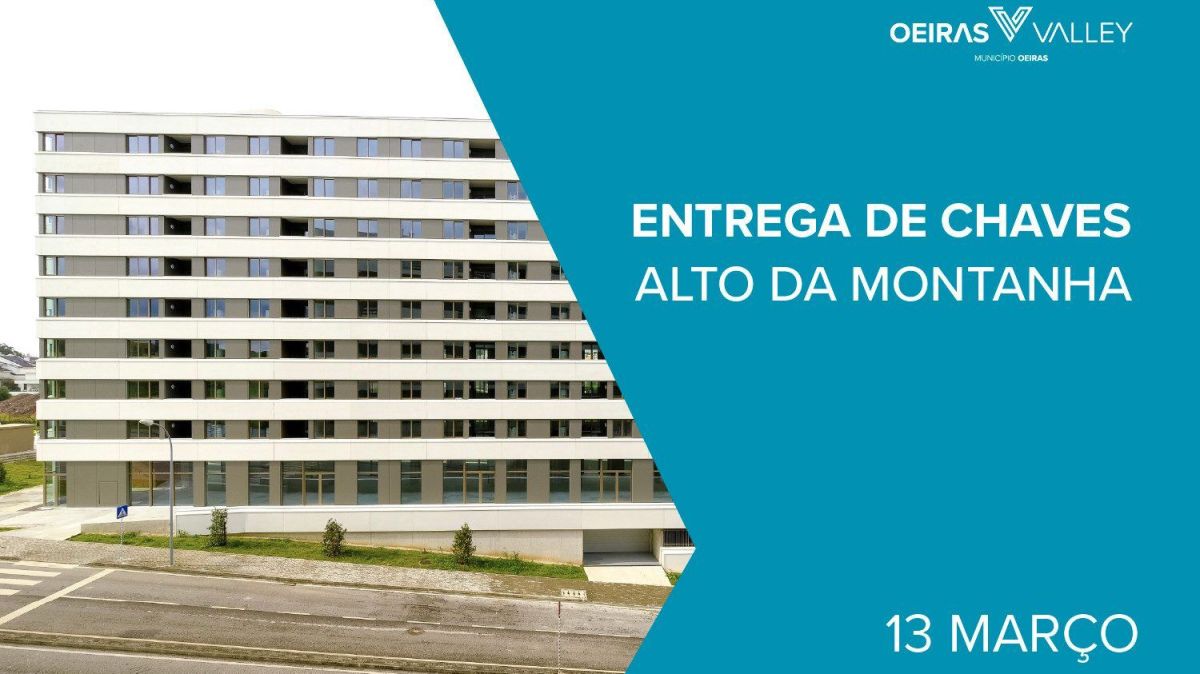The Portuguese government has officially expanded eligibility for the 1st Right housing programme, allowing more families to access support amid rising housing costs. A new decree, published in Diário da República, extends the programme to households spending more than 40% of their income on rent or mortgage payments—a threshold that now qualifies as financial vulnerability.
Previously reserved for those living in clearly defined “undignified conditions,” such as overcrowding, lack of basic sanitation, or limited mobility access, the program now recognises a high housing effort rate (over 40%) as a qualifying factor. The move is intended to reflect the growing difficulty many families face in securing and maintaining affordable housing.
Eligibility for the programme still depends on household income. For example, a family of four (two adults and two children) may qualify with a monthly gross income of up to €4,598.
According to Patrícia Gonçalves Costa, Secretary of State for Housing, the government has already identified 5,414 direct beneficiaries. It now plans to deliver 13,000 homes by July 2025 as part of the National Recovery and Resilience Plan (PRR).
Despite original targets to finance 26,000 homes by 2026, progress has been slow, with only around 2,000 units completed so far. To avoid losing vital European funding, the government is introducing an exceptional mechanism that allows slower-moving projects to be replaced by more advanced ones. This aims to keep the housing plan on track and meet PRR deadlines.
Growing need for affordable housing
The urgency of the situation is reflected in the growing number of families living in inadequate housing. So far, 136,800 cases of housing ineligibility have been identified nationwide. To address the scale of the challenge, the government is also working on new public financing tools, including guarantees and funding lines with the European Investment Bank (EIB). However, implementation may be delayed by ongoing political shifts.
In parallel, local housing strategies are being updated across municipalities, ensuring that regional responses align with the broader national housing goals.















